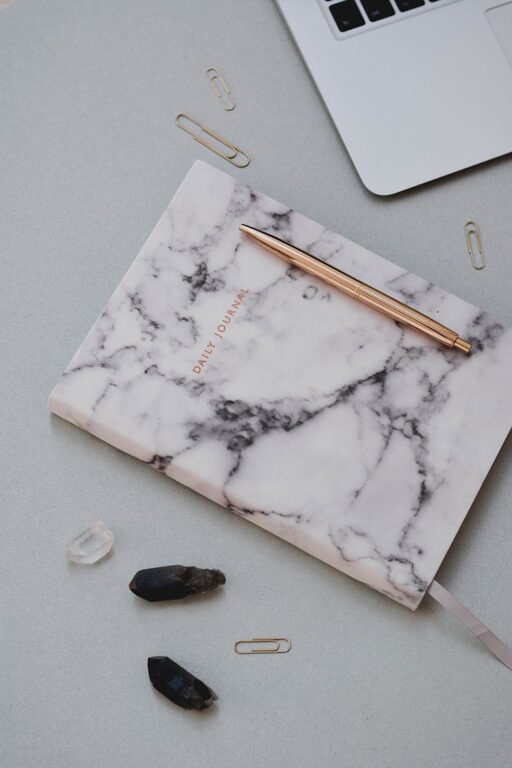Choosing the right notebook may seem like a small decision, but it can have a big impact on your daily productivity and creativity. Whether you want to jot down ideas, keep a journal, or manage your to-do lists, finding a notebook that suits your style and needs makes it more likely you’ll stick with it. Let’s explore how to select a notebook you’ll actually use and enjoy.
Why Choosing the Right Notebook Matters
A notebook is more than just paper bound together. It’s a companion for your thoughts, plans, and creativity. Using a notebook that doesn’t feel right—too bulky, pages too small, or paper that doesn’t hold your pen—can discourage you from writing regularly. On the other hand, a thoughtfully chosen notebook motivates you, helps organize your thoughts, and sparks creativity.
Consider Your Purpose
Before browsing styles, sizes, and brands, clarify how you intend to use your notebook. Different purposes call for different features.
Common Uses and Ideal Notebook Types
– Journaling: Choose a notebook with smooth, thicker paper to prevent ink bleed-through and a durable cover for daily handling.
– Note-taking for Work or School: Look for notebooks with lined or grid pages to keep writing neat.
– Sketching and Doodling: Opt for blank or dotted paper with thicker stock to handle various drawing tools.
– Planning and Bullet Journaling: Dotted pages offer flexibility, and a sturdy cover supports frequent use.
– Idea Capture and Lists: Smaller notebooks are easy to carry and convenient for quick notes.
Decide on the Size and Portability
Your notebook’s size affects where and how you can use it.
– Pocket-sized (A6 or smaller): Great for on-the-go note taking but may feel cramped for longer entries.
– Medium-sized (A5): A popular balance between portability and writing space.
– Large (A4 or Letter size): Best for extensive notes, sketches, or if you mostly write at a desk.
Think about where you’ll use your notebook most — at home, work, or while traveling. A bulky notebook you can’t carry won’t see much use.
Choose the Right Paper Type
Paper quality influences the writing experience.
– Paper Weight: Higher gsm (grams per square meter) means thicker paper that’s less likely to bleed through. Aim for 80–100 gsm or above if you use fountain pens or markers.
– Ruled, Dotted, or Blank: Dotted notebooks provide subtle guides while allowing freedom; ruled pages help keep writing aligned; blank pages encourage sketching.
– Acidity: Acid-free paper lasts longer, preventing yellowing over time.
Cover Material and Durability
A well-made cover protects your notes and feels pleasant to handle.
– Hardcover: Offers durability and support, ideal if you write on the go without a desk.
– Softcover: More flexible and lightweight but may wear faster.
– Leather or Faux Leather: Adds a classic look and enhances durability.
– Fabric or Cardboard: Can be stylish but might not last as long under heavy use.
Also consider if you want a notebook with elastic closures, ribbon bookmarks, or pen holders for added convenience.
Binding Style Matters
Binding affects how your notebook stays open and handles wear and tear.
– Sewn Binding: Pages are sewn together and lay flat when open, lasting longer.
– Spiral or Wire-O: Offers excellent flexibility for writing on a single page but may be less durable.
– Glue Binding (Perfect Binding): Smooth, clean spine but sometimes not ideal for laying flat.
If note-taking requires frequent flipping through pages, a sewn or spiral-bound notebook may be better.
Budget and Brand Choices
Notebooks are available at various price points—from affordable to premium. While expensive notebooks often offer better paper and craftsmanship, a moderately priced one may suit your needs perfectly.
Popular brands to explore include Moleskine, Leuchtturm1917, Rhodia, and MUJI, each offering different sizes, paper, and bindings.
Test It if Possible
If you can, try writing in the notebook before buying. Pay attention to:
– How the pages feel under your pen
– Whether the ink bleeds or smudges
– If the size feels comfortable for your writing style
– How the notebook opens and closes
Trying before purchasing reduces the chances of regret.
Tips to Make Your Notebook a Habit
Once you’ve chosen the perfect notebook, here are a few habits to keep it in use:
– Keep It Visible: Place it where you often work or relax to remind yourself to use it.
– Use It Consistently: Set a daily or weekly time to write or plan.
– Personalize It: Add stickers, washi tape, or doodle in the margins to make it feel more inviting.
– Carry It Along: Bring it wherever you go to capture ideas instantly.
Conclusion
Choosing a notebook you’ll actually use boils down to knowing your needs and preferences, considering practical aspects like size and paper type, and trusting your instincts through hands-on tests if possible. The right notebook will not only support your writing but also inspire you to jot down thoughts, dreams, and plans regularly. Happy notebook hunting!


